





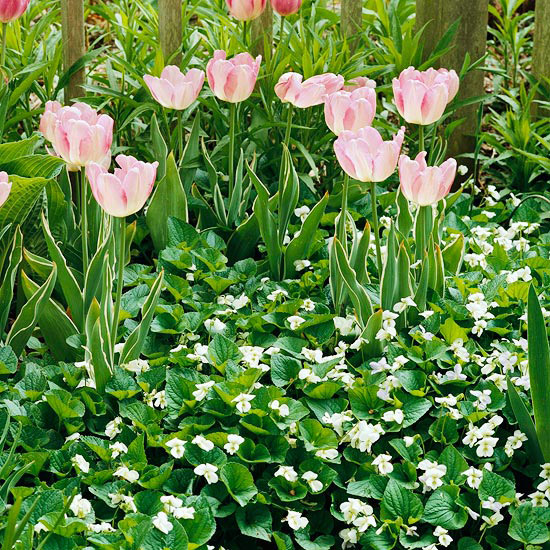
Spring is show time -- and planting time -- for the flowers of the forest. Emerging from the earth as soon as the snow melts, wildflowers bloom in bursts of color until midsummer, when floral displays continue in subtler ways under the cool canopy of trees.
Tips for going native. Success with wildflowers is easiest if you don't try to fight nature. Look for native plants already growing in the shaded, uncultivated areas of your yard. Ask a local nursery manager or university botanist to help you identify these plants, and pick desireable natives that require similar growing conditions.
Be true to your region when you select plants for your garden. It's tempting to try wildflowers that flourish in other parts of the country, but for best results, grow only species that are native to your area.
Because most woodland flowers bloom in spring --before the trees leaf out and block the sun -- be sure to include a few species that perform later in the season, such as aster, wood lily, and great blue lobelia.
Preparing the way. A rich, spongy topsoil that holds moisture will suit most forest flowers. To prepare your site for planting, till the area to a depth of 12 inches, then mix in plenty of composted manure, leaves, and peat moss. If you're tucking a few plants into an established area, simply amend the soil in each planting pocket.
Let nature guide the design of your garden. Because a woodland grows at many levels, begin by planting a few native shrubs -- like highbush cranberry, witch-hazel, and red-osier dogwood -- and understory trees (medium-height trees that grow in the shade of larger deciduous trees like oak and hickory) such as redbud, dogwood, and serviceberry. Mimic a forest floor by planting flowers in casual clusters, not in formal rows. Group at least three plants of each species, giving each clump ample space to spread. Ground covers can fill the gaps.
Want to grow more distinctive plants? Give pitcher plants a try; click here to learn more.
continue reading belowComplete your woodland with a few artfully placed weathered rocks and logs. An informal path, made of stepping stones, will give you access, and protect tender plants from trampling.
Care and maintenance. Once established, a wildflower garden is virtually maintenance-free. Ideally, gentle spring rains will sustain young plants until they settle in. If the weather fails to cooperate, you'll need to water them often for the first two weeks. Mulch with shredded bark or leaves to keep the soil moist.
Each autumn, let plants wither to the ground naturally, and allow fallen leaves to remain as a winter blanket. As they decompose, the leaves will return nutrients to the soil, feeding the flowers for another spring show.
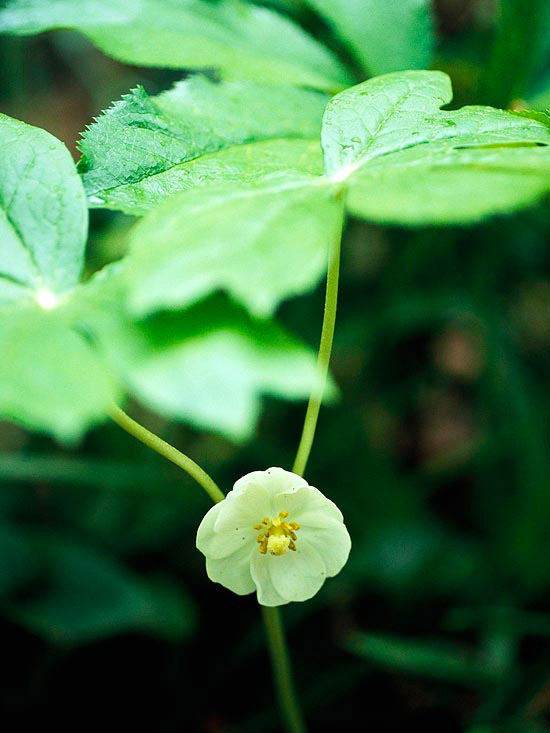
Umbrellalike foliage identifies the mayapple (Podophyllum peltatum). Twin 12- to 18-inch-tall leaves conceal a single white bloom below. Spring flowers turn into crabapple-size fruits in late summer.
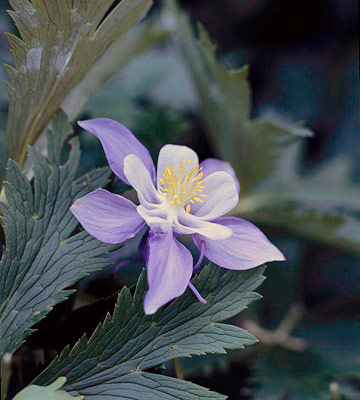
The aspen groves of mountainous regions are home to the wild blue columbine (Aquilegia caerulea). A scarlet-and-yellow species (A. canadensis) blooms in other areas.
Learn more about columbines.
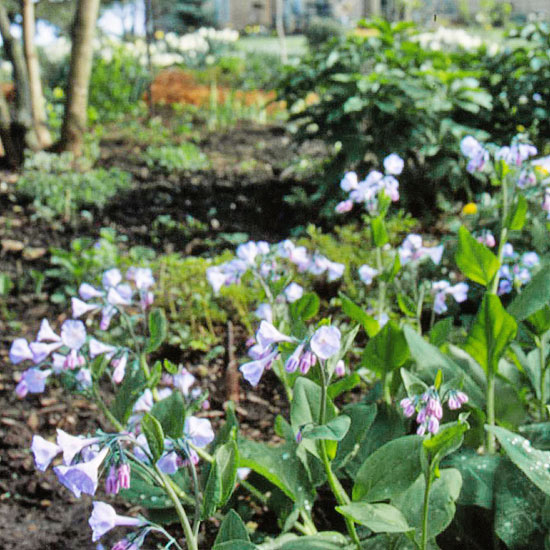
Virginia bluebells (Mertensia virginica) herald spring with nodding, trumpet-shaped flowers of the clearest sky-blue. Because plants die back by midsummer, place other species nearby to fill in the gap.
Learn more about Virginia bluebells.
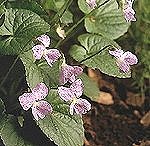
Perhaps the most familiar -- and beloved -- of all wildflowers, violets (Viola sp.) dot forests and fields with tiny blossoms and heart-shaped foliage. The violet family includes blue-, yellow-, and white-flowering species.
Learn more about violets.
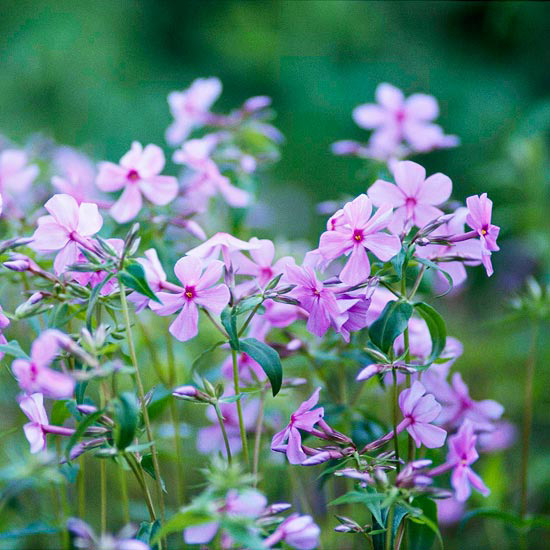
A wild member of the phlox family, woodland phlox (Phlox divaricata) produces loose clusters of blue flowers. Unlike its sun-loving cousins, sweet william flourishes in partially shaded garden sites.
Learn more about woodland phlox.
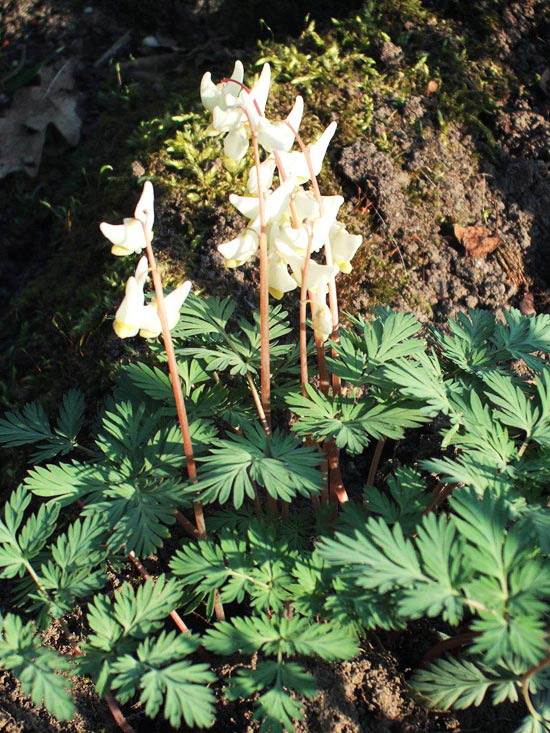
Distinctive blooms which resemble white trousers make dutchman's-breeches (Dicentra cucullaria) easy to recognize. This spring flower needs a constantly moist, but well-drained, soil to thrive.
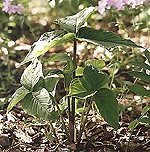
A good plant to spotlight alone, jack-in-the-pulpit (Arisaema triphyllum) displays a clublike spadix (dubbed jack), shielded by a spathe (the pulpit).
Learn more about Jack-in-the-pulpit.
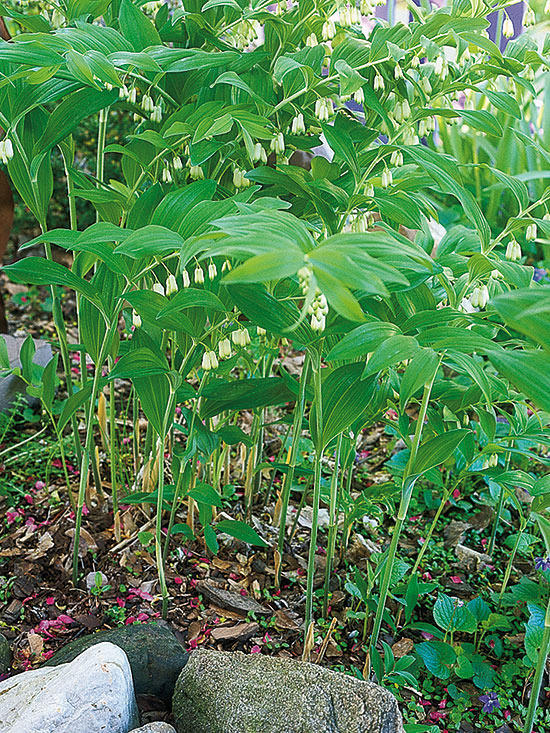
Yellow, bell-shaped blooms dangle in unison to form a choir of spring color along the graceful, arching stems of solomon's seal (Polygonatum biflorum).
Learn more about Solomon's seal.
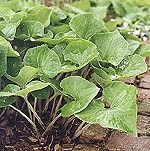
Its maroon flowers may be hidden by foliage, but the 6-inch-tall wild ginger (Asarum canadense) adds spice at the edge of a woodland garden.
Learn more about wild gingers.
Copyright © www.100flowers.win Botanic Garden All Rights Reserved